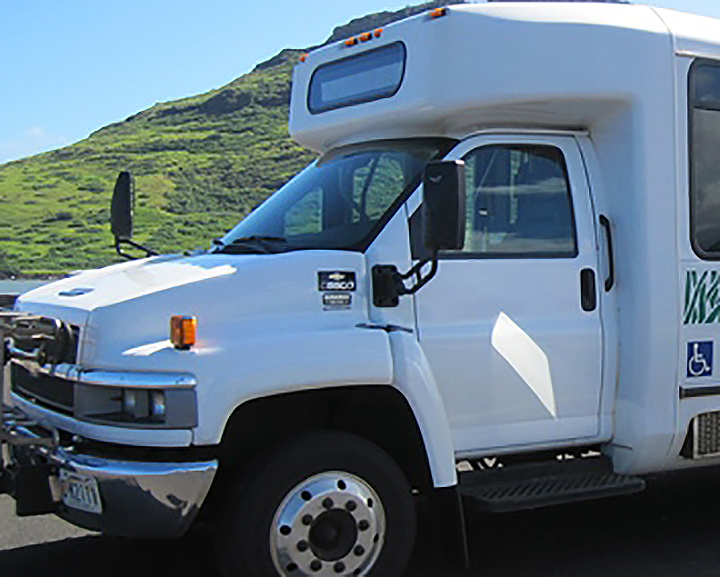KIUC First in the Nation for Solar Storage Capacity per Customer
Kauaʻi Island Utility Cooperative added more energy storage watts per customer during 2017 than any other utility in the nation, according to the Smart Electric Power Alliance (SEPA).
SEPA today announced its annual Top 10 lists recognizing the U.S. utilities that added the most new solar and energy storage to the grid in 2017. Compiled as part of SEPA’s 11th annual Utility Market Survey, the lists include the top utilities in four categories: new solar megawatts and watts per customer, and new energy storage megawatts and watts per customer. The survey collected figures from over 400 utilities across the country.
Largely due to the Tesla solar-plus-storage facility that opened in March 2017, KIUC added 415.3 watts of storage per customer in 2017, more than eight times as much storage as second place honoree Tucson Electric Power.
“Battery storage is a key part of our cooperative’s push towards 100% renewable and we are pleased that KIUC is leading the way in using battery technology to move solar energy into our evening peak demand period,” stated KIUC’s President and Chief Executive Officer, David Bissell. He noted that KIUC was also ranked #5 on the SEPA top ten list of annual megawatts of utility energy storage.
The Tesla plant in Kapaia was the largest utility-scale storage-plus-solar facility in the world when it opened in March 2017. The plant stores energy in 272 lithium-ion Tesla Powerpack batteries during the day, enabling KIUC to dispatch up to 52 megawatt hours of power during the evening peak. By the end of 2017, the addition of the Tesla facility allowed KIUC to reach 46 percent renewable generation.
KIUC’s Board of Directors has set a strategic goal of reaching 70 percent renewable generation by 2030. Two additional solar-storage projects that are in development with AES are expected to push KIUC’s renewable generation to more than 60 percent by the end of 2019. “All of these projects are being procured via long-term purchase agreements at prices well below the current cost of oil,” said Bissell. “This provides us with pricing stability and a downward pressure on rates over time.”
This year’s Top 10 lists — both solar and storage — are based on data provided by 412 utilities, which together serve more than 90 million customers across the United States. The full lists in all categories can be found at: www.sepatop10.org.
Discover more from ForKauaiOnline
Subscribe to get the latest posts sent to your email.









Leave a Reply